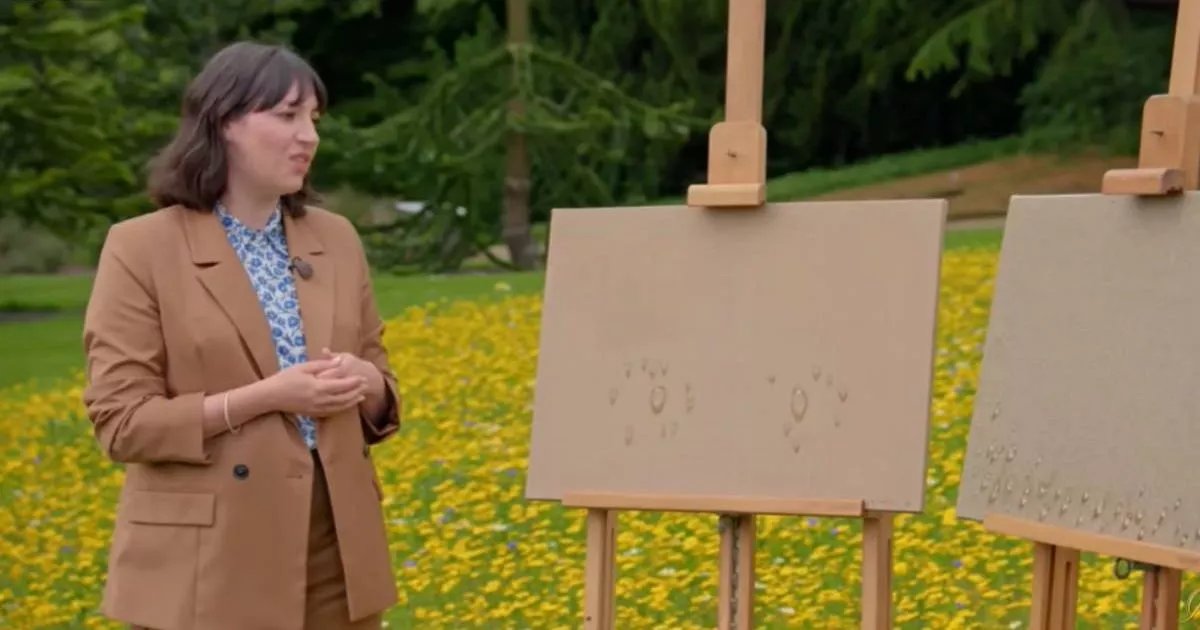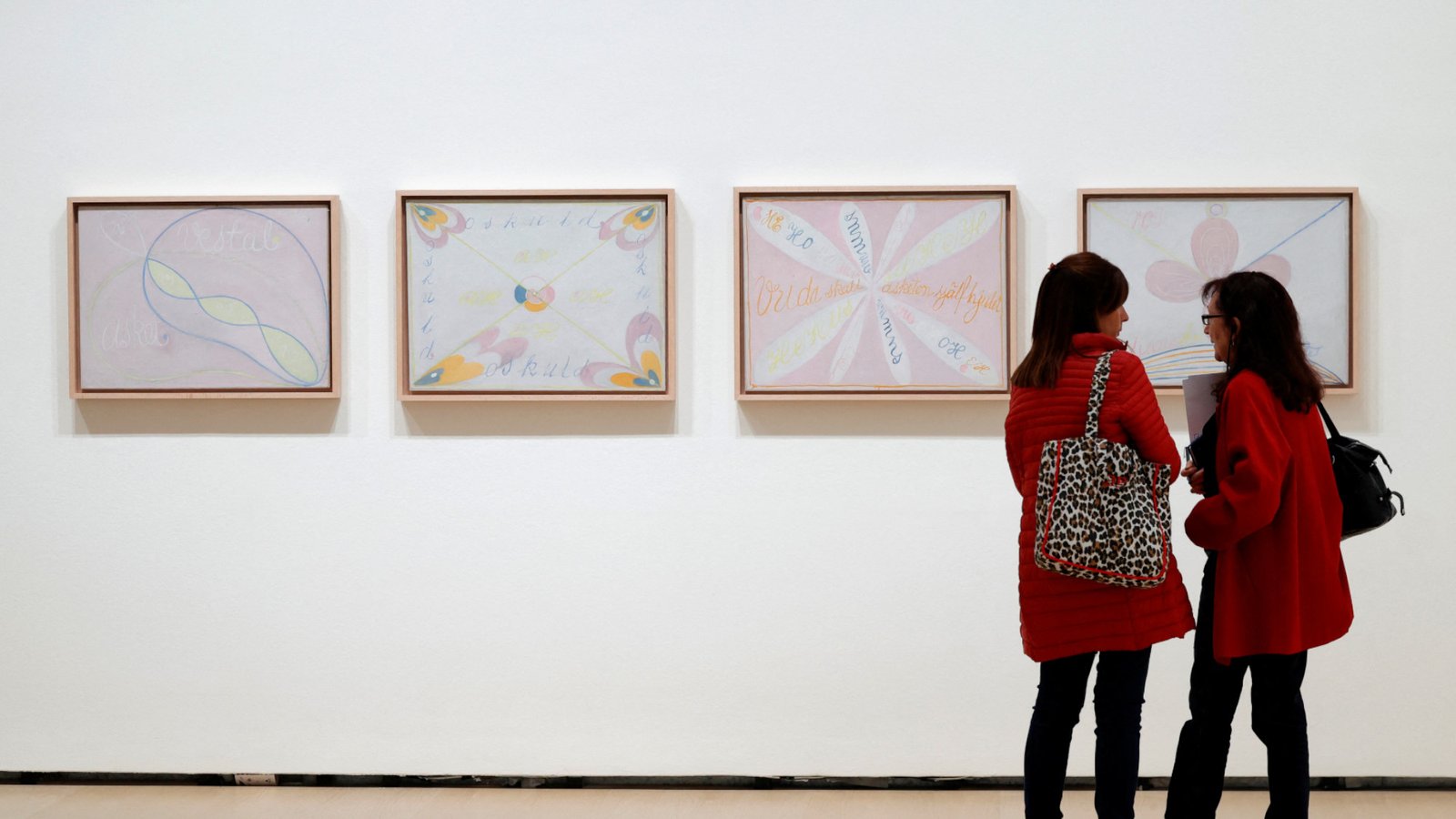This article is featured in the 2024 Green Key special issue.
As a core facet of Dartmouth culture, pong permeates throughout campus. “Dartmouth Pong” incorporates a 5-by-10 foot size wooden table, either seven or 11 cups and varied rules, depending on the table’s location. Some students play pong casually as a fun way to blow off steam. Others train for their four years at Dartmouth, becoming obsessed with “the art of the game.” The art of the actual pong tables themselves, however, sometimes goes overlooked.
Just like all traditions at Dartmouth, the painting of elaborate designs on pong tables has a storied history. It is rare to see an unpainted pong table on campus. Though the practice is likely born of the need to preserve the wood from frequently spilled liquid, the result is a colorful array of designs.
A table’s content is often specific and meaningful to those who create them. Ethan Litmans ’24, a member of Alpha Chi Alpha fraternity, said a new table design for Alpha Chi must meet specific parameters.
“The design should one: represent something about the house … two: have an element that represents your class and three: have a design that most people can enjoy and understand the reference to,” Litmans said.
The rules of the game are also important to keep in mind when designing a table, according to Margaret Bone ’24 — who has painted five tables herself.
“Constraint breeds creativity, and the utility of the table — where the median goes, where the cups go — makes this process even more fun,” Bone said.
Chi Delta sorority member Julia Csorba ’24 added that table designs can aid game setups and enhance the actual playing experience.
“It’s cool when you notice [when playing] that some element of the design can indicate where the median is or where the middle cup should go,” she said.
Litmans also said a good pong table design stands out to observers.
“You certainly take note of and remember the best pong tables or houses with the best tables when you see them,” Litmans said.
Pong table artists also notice the attention their work attracts, Bone said.
“It’s cool to know that in doing this, it’s going to be seen and understood by my peers in a way that my other work might not be,” she said.
Csorba, who designed and painted a pong table for Chi Delt over her sophomore summer, said the tradition of painting tables over sophomore summer encouraged house members to contribute a table to the house. These conventions depend on both Greek house and the practicality of painting a new table each year, she said.
“The [members of the Class of 2024 in Chi Delt] are the only class to paint a table in recent times, since we don’t have [the space] or budget for that most years,” Csorba explained.
In other Greek spaces, the tradition of painting pong tables is a near annual endeavor. Litmans said Alpha Chi fraternity brothers typically carry out the tradition during sophomore summer.
“It’s tradition [at Alpha Chi] that every sophomore class paints a table and then that table gets added to the house,” Litmans said.
Maggie Druckenmiller ’24, who has designed pong tables on campus, said the process offers a point of connection for Dartmouth students, especially given its tradition for many Greek houses.
“It seems like it’s an excuse to do arts and crafts together, which is really special,” Druckenmiller said.
Pong tables have also allowed Dartmouth students to preserve art over the years. Bone explained that pong art provides “an interesting way to look across time,” adding that she is “grateful” to help “leave a legacy of art on this campus.” Csorba added that older pong tables help document Dartmouth’s history.
“When some of the pong tables are really old, it’s definitely cool to see what they chose to include on their table back then,” Csorba said.
While some Greek spaces rely on their own members to design pong tables, others seek help from those outside of the house. Druckenmiller, for example, said that owing to her experience with Adobe Illustrator, she was asked by her friends in Alpha Chi to make their table design.
According to Csorba and Druckenmiller, the design process required Adobe Illustrator to make the design, which was projected onto the table and sketched into the wood from the projection.
For Bone, the design process also involved research about the best wood for pong tables. She said she was aided by tips from employees at Hanover True Value — a staple hardware store that saw many pong table artists come for advice before closing in April 2023, according to past reporting by The Dartmouth. Through her research and experience, Bone said she ultimately learned how to execute an effective table.
“By now, I understand the mechanics of painting on wood, including the best primers, paints and sealants, ” Bone said. “I have this knowledge now and I hope to impart it on people.”
Csorba added that her background working at a woodshop in her hometown has served her well in painting pong tables.
“In the past, I had used a poly-acrylic sealer, and though it doesn’t make the wood waterproof, it does make it water resistant, so we went with that,” Csorba said.
In addition to Greek houses, off-campus houses and other communities have also joined in the tradition of painting or displaying art on pong tables. Bone, for example, said she painted one for herself and her off-campus house during her junior summer.
“It was really special to design and create a table that was specifically about and for our roommates and our house,” Bone said.
Some off-campus houses also acquire old tables from Greek houses, according to Litmans.
“A lot of the off-campus houses have old [fraternity or sorority] pong tables that the houses don’t want anymore,” Litmans said.
Whether creating, playing on or admiring their design, pong table art is meaningful to many Dartmouth students.
“Though it’s an alternative way of making art, it’s a really special part of college and our culture,” Druckenmiller said.
Ramsey Ash ’24 is a quantitative social science and music double major from Huntington, West Virginia. In addition to writing for the Arts section, Ramsey is involved in The Dartmouth College Wind Ensemble, the Dartmouth Clarinet Choir, is co-president of Musical Empowerment at Dartmouth and is a Hopkins Center Fellow.






